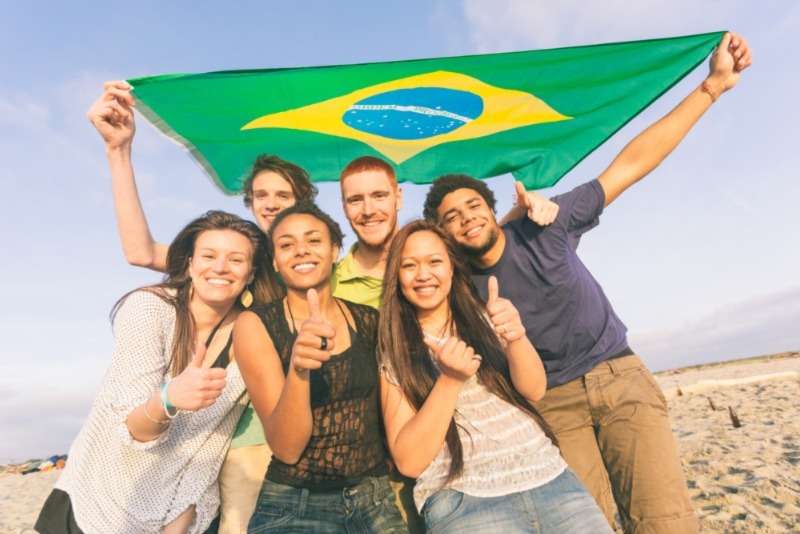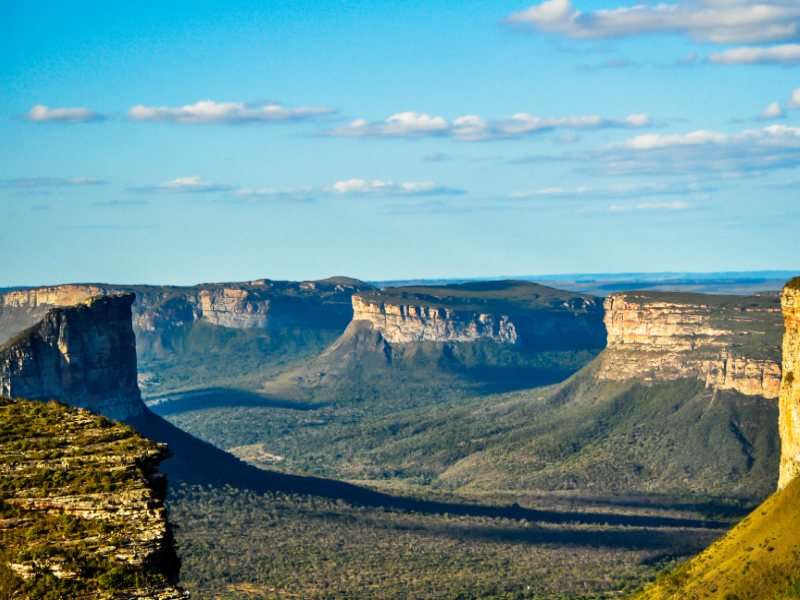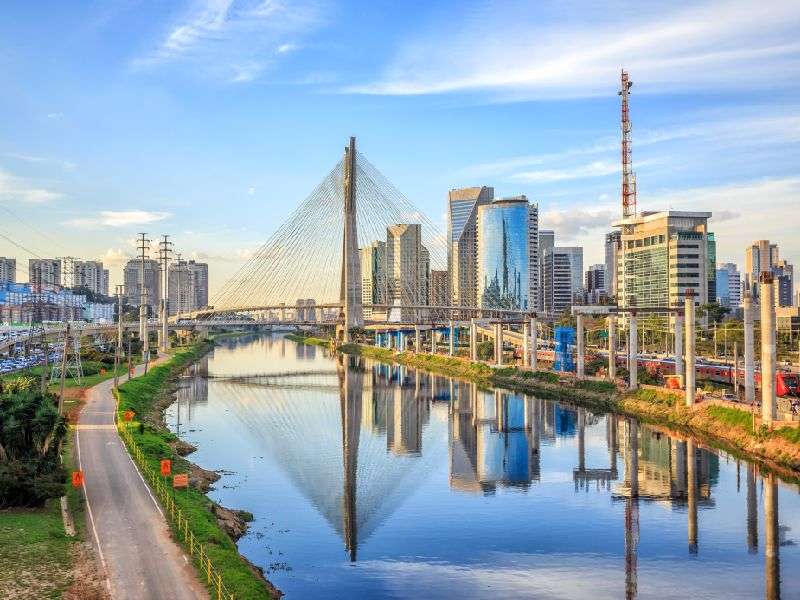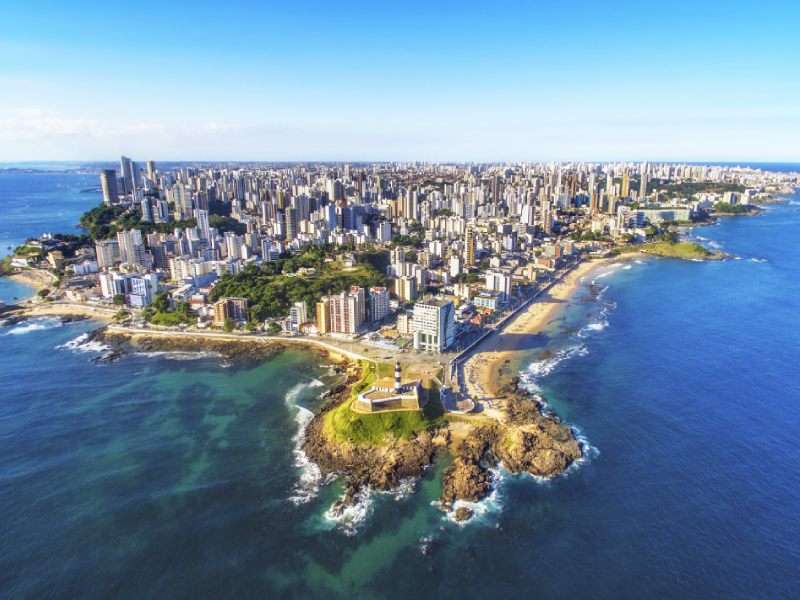
A Tour of Salvador City
Salvador, the state capital of Bahia in northeastern Brazil, is renowned for its Afro-Brazilian culture, Portuguese colonial architecture, and tropical coastline. Its historic center is the Pelourinho area, which features wide squares, colorful houses, and baroque churches like So Francisco that have gilt woodwork.
History
San Salvador is located at the base of the San Salvador volcano in the "Valle de las Hamacas," or "Valley of the Hammocks," as the Pipil termed it because of its frequent earthquakes. It has a population of close to 2 million and a surface area of 600 square kilometers. Half of El Salvador's wealth and one-third of its inhabitants reside there. Despite the fact that the downtown area is crowded with businesses and contemporary structures, earthquakes have sadly damaged or completely destroyed many of the city's historic structures. Although less likely than people in other parts of the country to strike up a conversation with a stranger on the street, San Salvadoreans are generally pleasant.
Rich people reside in upscale suburbs behind high security fences or in opulent apartment buildings. Richer neighborhoods like Santa Elena (where the US embassy is located), San Benito, Colonia Escalon, Colonia San Francisco, Colonia Maquilishuat, and Ciudad Merliot have tree-lined avenues, the largest malls in Central America, bars, clubs, gyms, restaurants, luxury hotels, contemporary high-rise buildings, plazas, boutiques, cafes, luxury salons, jewelry stores, etc. These communities, some of which are in the hills surrounding the city, offer breath-taking panoramas.
Middle class families adore a number of brand-new gated communities that come replete with playgrounds, swimming pools, fitness centers, and high security. In these suburbs, you may find the majority of the city's hotels.
Places to Visit and Explore in Salvador
The Sé Plaza
Starting in Praça da Sé, a walking tour of the Cidade Alta (Upper City) leads to Terreiro de Jesus, where three of Salvador's most well-known churches are located. The largest, the Catedral Baslica, is a Jesuit building from the 17th century that is primarily made of stone and has lovely gold-leaf work on its main altar. Next to it are the 17th-century Ordem Terceira de So Domingos and the 18th-century So Pedro dos Clérigos (St. Peter's) (Dominican). Handmade leather and lace products, as well as stunning primitive paintings, are available in the local shops.
In the Pelourinho
The most well-preserved colonial structures in Salvador can be seen at Pillory Square, where steep, winding cobblestone lanes are lined with colorful colonial buildings. The name refers to a time when slaves and criminals were imprisoned here on pillories. Today, Pelourinho is regarded by Unesco as the most significant collection of colonial architecture from the 17th and 18th centuries in the Americas. Previously a posh area, the residents' fortunes rapidly deteriorated. Pelourinho, though, is endearing and unusual. The area is properly policed, and many of the structures have recently undergone renovations and conversions to pousadas or restaurants.
Salvador's cuisine
It is an extraordinary experience to eat Baian food. If you're in town on a Friday, make room for some delectable Baian specialties because Fridays are unofficially Baian food night at most eateries.
In addition to being one of Brazil's few clearly distinctive cuisines, Baian food is also bursting with powerful, fantastic flavors. Cocada, a coconut candy, moqueca, a fish stew made with coconut milk, bobó de camaro, a creamy shrimp and coconut milk purée, acarajé, a fried dough ball made of black-eyed peas that is stuffed with delectable sauces and fiery seafood, carengejo, a Brazilian crab dish, and escondidinha de siri, an oven-baked pastry with a rich crab meat filling,
Modelo Market
The Mercado Modelo is directly in front of you as you enter the Lower City from the elevator. There are shops offering a variety of local products and mementos inside this three-story structure. One of Salvador's must-see attractions is the market; despite being blatantly touristy, it is the greatest spot in town to buy your trinkets. Vendors of musical instruments will be playing their wares, such as percussion instruments or the one-stringed berimbau, to tempt you to buy as you walk through the stalls. There are also excellent capoeira performances. Although they will pressure you to give them money, the entertainment value is excellent.
Sands of Salvador
There is a continuous promenade along Salvador's beaches, from the close-by Barra beach to the far-off north-coast beaches, which are regarded as among of Brazil's most beautiful. Barra, the city beach, is known more for the friendliness of its bars and sidewalk cafés than for its beauty. Many locals go there after work for a beer and stay there till late at night. Barra is a great place to shop as well. The heroic ancient fort Santo Antônio da Barra, which has a lighthouse and an oceanography museum, guards the shore. The last two beaches before the airport, Piat and Itapo, are regarded as among of Salvador's finest.
The Itaparica Island
Tropical Ilha de Itaparica, in the Baa of Todos os Santos, is the location of Club Med's first hotel in Brazil. The majority of the island's 19,000 residents are fisherman and wealthy weekend visitors, whose beachfront houses are frequently only accessible by boat. The island is quite crowded on weekends and during holidays because it is a well-liked getaway for middle-class Brazilians.
Experience Bahia De Todos Santos At Dusk
Find the ideal location to enjoy the sunset over Bahia de Todos Santos as the day draws to a close. The most well-known location to view the sunset is unquestionably Elevador Lacerda, a stunning antique art deco elevator. Although the vistas are breathtaking, the area has turned into a tourist trap where local thieves use your distraction to carry out some of their best crimes. Some tourists claim to have felt nervous and to have spent the entire time keeping an eye on their possessions.
Find a neighboring restaurant instead, have a drink, and watch the sunset without any stress or crowds. On Saturdays, listen to sunset jazz at Solar do Unho in front of the Modern Art Museum. Up till the sun sets, local musicians perform jazz sets to Baian beats. At the base of one of the city's most iconic structures, there is a fantastic mix of live music and breathtaking bay views.
Travel to Boipeba by Ferry
Visit Boipeba Island for a day trip and travel back in time. In Salvador, get up early to catch a two-hour ferry. This tiny island has four communities, and it is a protected natural area where motorcycles and cars are not allowed. Transport is only available on foot or by farm tractor. Native Atlantic rainforest, salt marshes, sand dunes, extensive mangroves, live reefs, palm tree-lined beaches, and a diverse ecosystem of plants, animals, and wildlife may all be found on the island. There are a few guest homes, bars, and restaurants at Moreré, but there isn't a pier where boats can dock. From the main beach, a canoe is the only mode of transportation to and from this lovely village.
Pelourinho
You shouldn't skip Pelourinho even though it's a popular tourist destination. The Pelourinho, located in the center of Old Town Salvador, is essentially the city's defining postcard. You may shop, visit cultural institutions, find a ton of restaurants and bars, and enjoy live music among the beautifully restored pastel-colored structures. The name of the first city in Brazil, founded in 1594 by Portuguese colonizers, comes from the central plaza where slaves and criminals were once executed. The Pelourinho was designated a World Heritage property by UNESCO in 1985.
Igreja da Ordem Terceira do Carmo (Carmelite Church)
The old Carmelite church on this site was erected from 1580 onward but destroyed in 1788 and was rebuilt forty years later. However, it is best known for its stunning sacristy, a room that is almost entirely covered in gold. Its architecture is traditional Baroque, with elegant lines and twin bell towers. The cedarwood sculpture Christ in Chains by Francisco Manuel das Chagas, often known as O Cabra, an illustrious sculptor who rose to prominence in the 18th century, is the most noteworthy piece in the museum of sacred art housed in this little-known gem. More than 1,000 rubies, each signifying a drop of Christ's blood, are set in the 1710 sculpture. The big and stunning convent's architectural and decorative features
Personalize Your Trip to Brazil Here!
When to Visit Salvador?
Salvador may be visited throughout the year because the water is constantly warm and the typical temperature in the city is between 75 and 80 degrees Fahrenheit (or 24 and 27 degrees Celsius, as that is the unit of temperature we use in Brazil). But it's best to stay away from traveling between April and July if you want to dodge the rainy season.
The low season in Salvador is October and November. It frequently starts to rain during this time of year and in the summer, but only for a short period of time before the sky becomes completely clear. Be mindful of high-season pricing if you travel between December and March. Do you want to experience Salvador's Carnaval? Remember to reserve your lodging in advance if you know this will be the busiest time of year.

related tours

Highlights of Latin America Tour
9 Days / 8 Nights
From
$ 1944

Salvador and Chapada Diamantina National Park
8 Days | 7 Nights
From
$ 835

São Paulo in three days
3 Days / 2 Nights
From
$ 215

4 Sides of Paradise in Brazil
12 Days / 11 Nights
From
$ 980
